Temperature Drift Compensation of Fiber Optic Gyroscopes Based on an Improved Method
Abstract
:1. Introduction
2. Algorithm
2.1. The Algorithm of MPE-CEEMDAN Method
2.2. GWO-LSSVM Algorithm
2.3. Adaptive Kalman Filtering
3. Algorithm Improvement
4. Experiment and Analysis
4.1. The Experiment of FOG
4.2. All-Range Temperature Experiment of FOG
4.3. Data Analysis and Discussion
5. Conclusions
Author Contributions
Funding
Institutional Review Board Statement
Informed Consent Statement
Data Availability Statement
Conflicts of Interest
References
- Cao, H.; Xue, R.; Cai, Q.; Gao, J.; Zhao, R.; Shi, Y.; Huang, K.; Shao, X.; Shen, C. Design and Experiment for Dual-Mass MEMS Gyroscope Sensing Closed-Loop System. IEEE Access 2020, 8, 48074–48087. [Google Scholar] [CrossRef]
- Cao, H.; Liu, Y.; Zhang, Y.; Shao, X.; Gao, J.; Huang, K.; Shi, Y.; Tang, J.; Shen, C.; Liu, J. Design and Experiment of Dual-Mass MEMS Gyroscope Sense Closed System Based on Bipole Compensation Method. IEEE Access 2019, 7, 49111–49124. [Google Scholar] [CrossRef]
- Cao, H.; Li, H.; Shao, X.; Liu, Z.; Kou, Z.; Shan, Y.; Shi, Y.; Shen, C.; Liu, J. Sensing mode coupling analysis for dual-mass MEMS gyroscope and bandwidth expansion within wide-temperature range. Mech. Syst. Signal Process. 2018, 98, 448–464. [Google Scholar] [CrossRef]
- Shen, C.; Li, J.; Zhang, X.; Tang, J.; Cao, H.; Liu, J. Multi-scale parallel temperature error processing for dual-mass MEMS gyroscope. Sens. Actuators A Phys. 2016, 245, 160–168. [Google Scholar] [CrossRef]
- Shen, C.; Song, R.; Li, J.; Zhan, X.; Tang, J.; Shi, Y.; Liu, J.; Cao, H. Temperature drift modeling of MEMS gyroscope based on genetic-Elman neural network. Mech. Syst. Signal Process. 2015, 72, 897–905. [Google Scholar]
- Xia, D.; Cheng, Y.; Kong, L. The Development of Micromachined Gyroscope Structure and Circuitry Technology. Sensors 2014, 14, 1394–1473. [Google Scholar] [CrossRef] [PubMed]
- Gao, W.; Wang, Z.; Wang, G.; Miao, W. Angular Random Walk Improvement of Resonator Fiber Optic Gyro by Optimizing Modulation Frequency. IEEE Photonics J. 2019, 11, 7102313. [Google Scholar] [CrossRef]
- Yang, G.; Liu, Y.; Li, M.; Song, S. AMA- and RWE- Based Adaptive Kalman Filter for Denoising Fiber Optic Gyroscope Drift Signal. Sensors 2015, 15, 26940–26960. [Google Scholar] [CrossRef]
- Gao, Y.; Guan, L.; Wang, T.; Sun, Y. A Novel Artificial Fish Swarm Algorithm for Recalibration of Fiber Optic Gyroscope Error Parameters. Sensors 2015, 15, 10548–10568. [Google Scholar] [CrossRef]
- Wang, W.; Chen, X. Temperature drift modeling and compensation of fiber optical gyroscope based on improved support vector machine and particle swarm optimization algorithms. Appl. Opt. 2016, 55, 6243–6250. [Google Scholar] [CrossRef]
- Shen, C.; Cao, H.; Li, J.; Tang, J.; Zhang, X.; Shi, Y.; Yang, W.; Liu, J. Hybrid de-noising approach for fiber optic gyroscopes combining improved empirical mode decomposition and forward linear prediction algorithms. Rev. Sci. Instrum. 2016, 87, 033305. [Google Scholar] [CrossRef] [PubMed]
- Wang, P.; Li, G.; Gao, Y. A compensation method for gyroscope random drift based on unscented Kalman filter and support vector regression optimized by adaptive beetle antennae search algorithm. Appl. Intell. 2022, 22, 03734. [Google Scholar] [CrossRef]
- Zhang, W.; Zhang, D.; Zhang, P.; Han, L. A New Fusion Fault Diagnosis Method for Fiber Optic Gyroscopes. Sensors 2022, 22, 2877. [Google Scholar] [CrossRef] [PubMed]
- Zhao, S.; Guo, C.; Ke, C.; Zhou, Y.; Shu, X. Temperature drift compensation of fiber strapdown inertial navigation system based on GSA-SVR. Measurement 2022, 195, 111117. [Google Scholar] [CrossRef]
- Cao, Y.; Xu, W.; Lin, B.; Zhu, Y.; Meng, F.; Zhao, X.; Ding, J.; Li, Z.; Xu, Z.; Yu, Q.; et al. A method for temperature error compensation in fiber-optic gyroscope based on machine learning. Optik 2022, 256, 168765. [Google Scholar] [CrossRef]
- Brzostowski, K.; Swiatek, J. Empirical Mode Decomposition Based Denoising Algorithm for Fiber Optical Gyroscope Measurement. In Proceedings of the 25th International Conference on Systems Engineering, Las Vegas, NV, USA, 22–24 August 2017. [Google Scholar]
- Wang, W.; Chen, X. Multiscale modeling of fiber optic gyroscope temperature drift based on improved ensemble empirical mode decomposition. Appl. Opt. 2018, 57, 28. [Google Scholar] [CrossRef]
- Wang, P.; Gao, Y.; Wu, M.; Zhang, F.; Li, G.; Qin, C. A Denoising Method for Fiber Optic Gyroscope Based on Variational Mode Decomposition and Beetle Swarm Antenna Search Algorithm. Entropy 2020, 22, 765. [Google Scholar] [CrossRef]
- Song, R.; Chen, X. Analysis of fiber optic gyroscope vibration error based on improved local mean decomposition and kernel principal component analysis. Appl. Opt. 2017, 56, 8. [Google Scholar] [CrossRef]
- Zhang, X.; Cao, H.; Shao, X.; Liu, J.; Shen, C. FOG De-Noising Algorithm Based on Augmented Nonlinear Differentiator and Singular Spectrum Analysis. Appl. Sci. 2018, 8, 1710. [Google Scholar] [CrossRef]
- Wang, D.; Xu, X.; Zhang, T.; Zhu, Y.; Tong, J. An EMD-MRLS de-noising method for fiber optic gyro Signal. Optik 2019, 183, 971–987. [Google Scholar] [CrossRef]
- Song, N.; Yuan, Z.; Pan, X. Adaptive Kalman filter based on random-weighting estimation for denoising the fiber-optic gyroscope drift signal. Appl. Opt. 2019, 58, 9506–9513. [Google Scholar] [CrossRef]
- Liu, C.; Yang, Z.; Shi, Z.; Ma, J.; Cao, J. A Gyroscope Signal Denoising Method Based on Empirical Mode Decomposition and Signal Reconstruction. Sensors 2019, 19, 5064. [Google Scholar] [CrossRef]
- Shen, C.; Zhang, Y.; Guo, X. Seamless GPS/Inertial Navigation System Based on Self-Learning Square-Root Cubature Kalman Filter. IEEE Trans. Ind. Electron. 2021, 68, 499–508. [Google Scholar] [CrossRef]
- Shen, C.; Zhang, Y.; Tang, J. Dual-optimization for a MEMS-INS/GPS system during GPS outages based on the cubature Kalman filter and neural networks. Mech. Syst. Signal Process. 2019, 133, 106222. [Google Scholar] [CrossRef]
- Huang, H.; Tang, J.; Song, R.; Tang, X. A novel matrix block algorithm based on cubature transformation fusing variational Bayesian scheme for position estimation applied to MEMS navigation system. Mech. Syst. Signal Process. 2022, 166, 108486. [Google Scholar] [CrossRef]
- Huang, H.; Wei, J.; Wang, D.; Zhang, L.; Wang, B. In-Motion Initial Alignment Method Based on Vector Observation and Truncated Vectorized K-matrix for SINS. IEEE Trans. Instrum. Meas. 2022, 71, 3000415. [Google Scholar] [CrossRef]
- Torres, M.E.; Colominas, M.A.; Schlotthauer, G.; Flandrin, P. A Complete Ensemble Empirical Mode Decomposition with Adaptive Noise. In Proceedings of the 2011 IEEE International Conference on Acoustics, Speech and Signal Processing (ICASSP), ICASSP-11, Prague, Czech Republic, 22–27 May 2011; IEEE: Piscataway, NJ, USA, 2011. [Google Scholar]
- Saxena, M.K.; Raju, S.J.; Arya, R.; Pachori, R.B.; Ravindranath, S.V.G.; Kher, S.; Oak, S.M. Empirical mode decomposition-based detection of bend-induced error and its correction in a Raman optical fiber distributed temperature sensor. IEEE Sens. J. 2016, 16, 1243–1252. [Google Scholar] [CrossRef]
- Narasimhappa, M.; Nayak, J.; Terra, M.H.; Sabat, S.L. ARMA model based adaptive unscented fading Kalman filter for reducing drift of fiber optic gyroscope. Sens. Actuator A Phys. 2016, 251, 42–51. [Google Scholar] [CrossRef]
- Narasimhappa, M.; Sabat, S.L.; Nayak, J. Fiber-Optic Gyroscope Signal Denoising Using an Adaptive Robust Kalman Filter. IEEE Sens. J. 2016, 16, 3711–3718. [Google Scholar] [CrossRef]
- Komaty, A.; Boudraa, A.; Augier, B.; Dareemzivat, D. EMD-Based Filtering Using Similarity Measure Between Probability Density Functions of IMFs. IEEE Trans. Instrum. Meas. 2014, 63, 27–34. [Google Scholar] [CrossRef]
- Dang, S.-W.; Li, L.-J.; Wang, Q.-Q.; Wang, K.L.; Cheng, P.-Z. Fiber optic gyro noise reduction based on hybrid CEEMDAN-LWT method. Measurement 2020, 161, 107865. [Google Scholar]
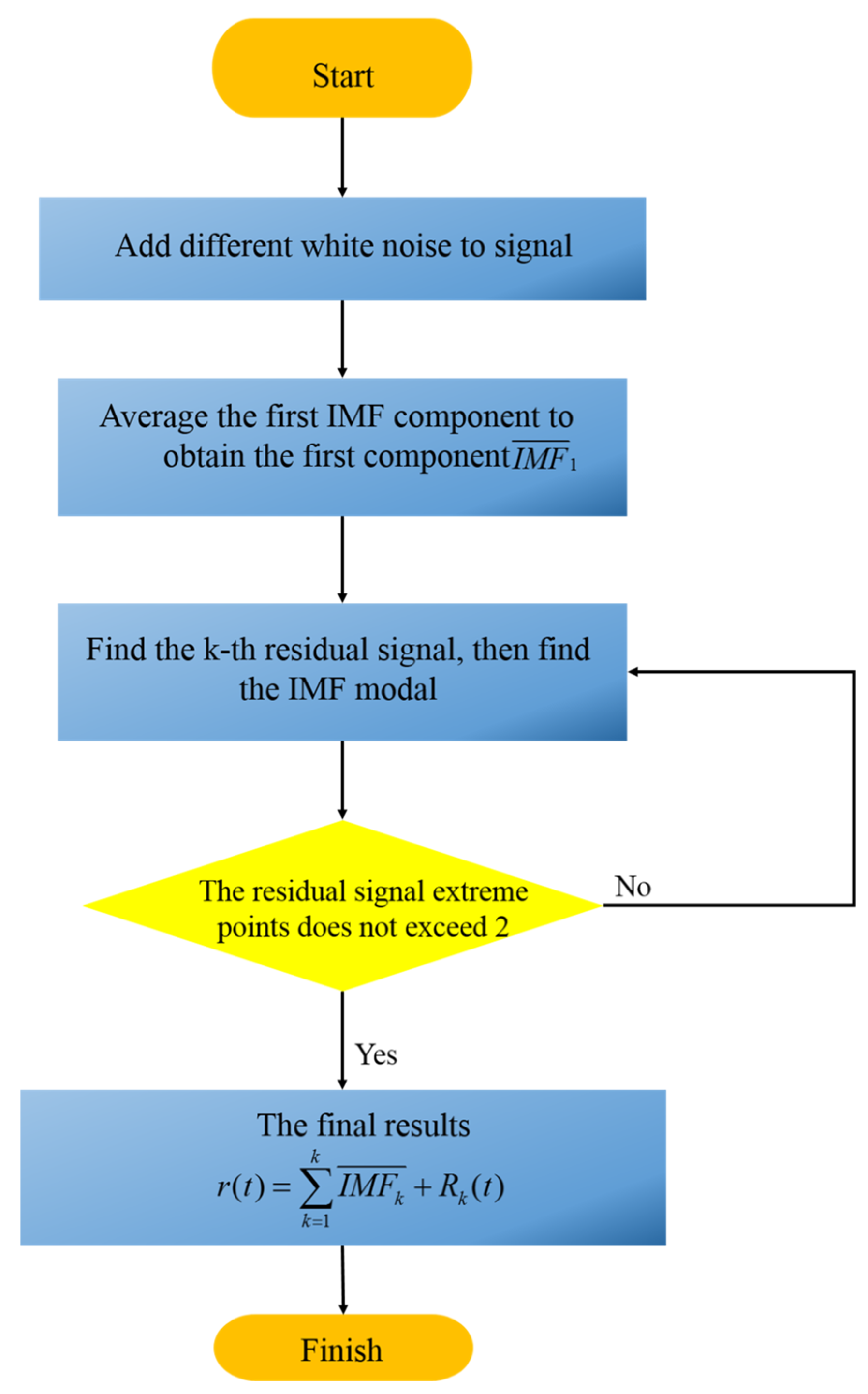
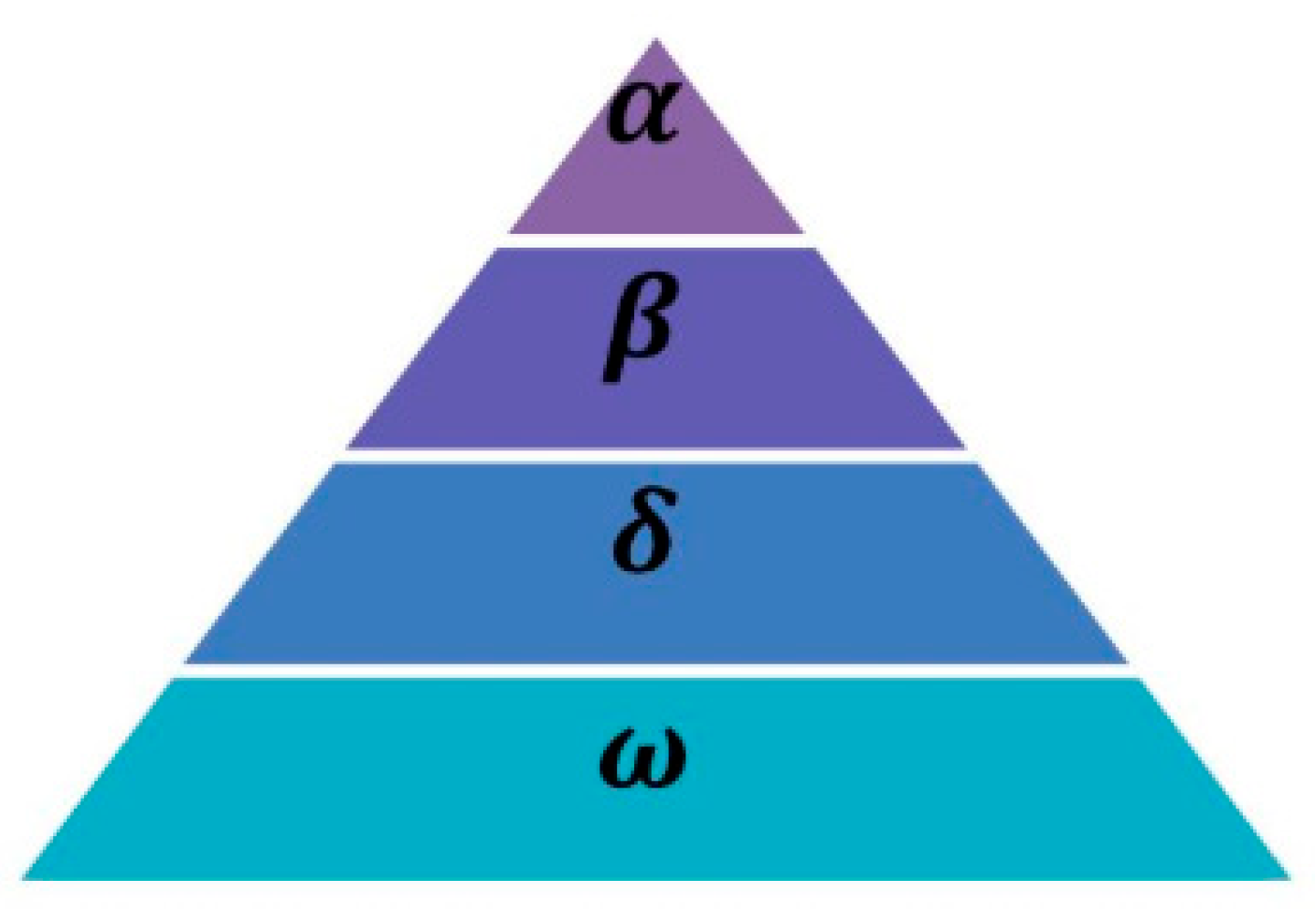
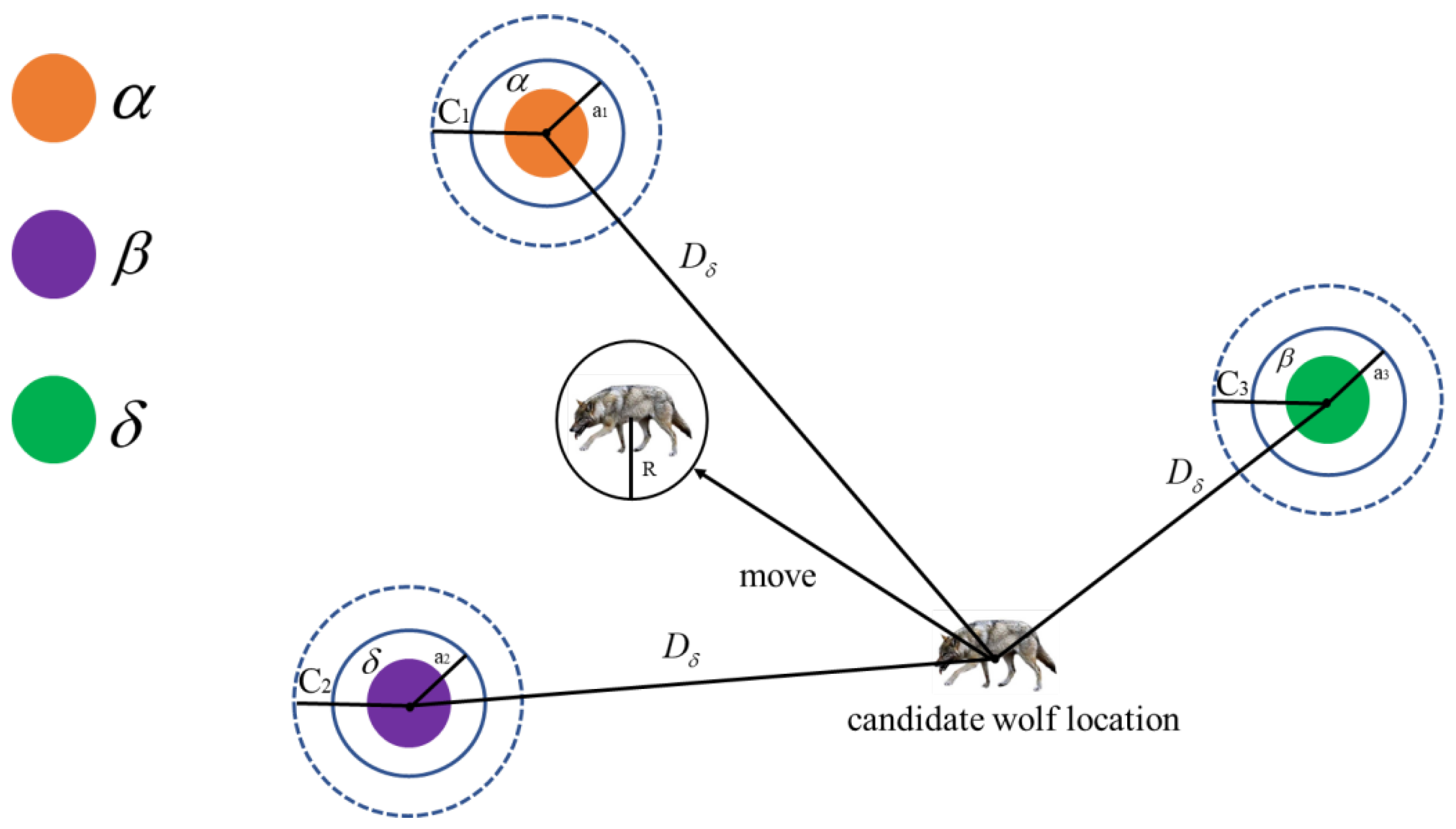


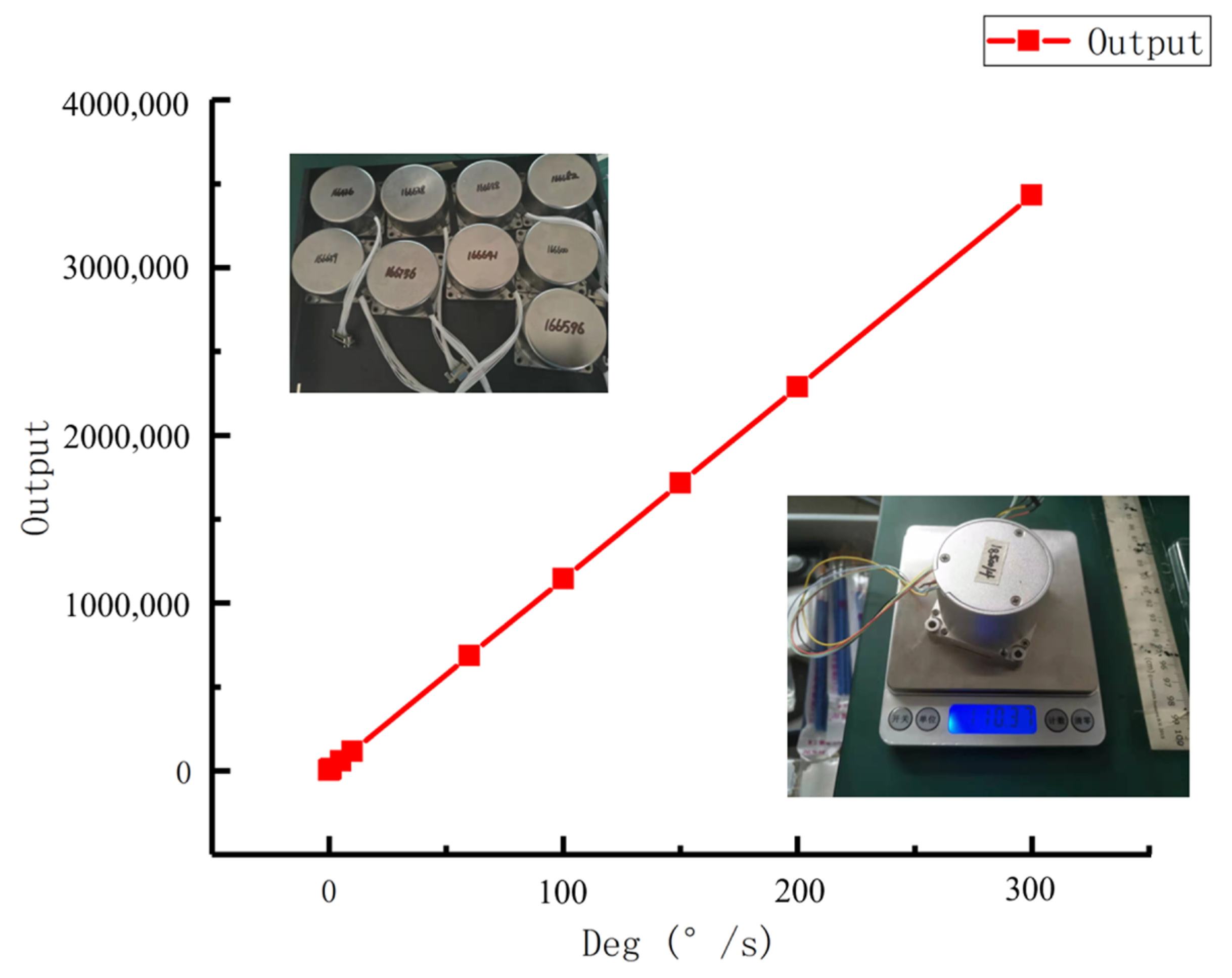

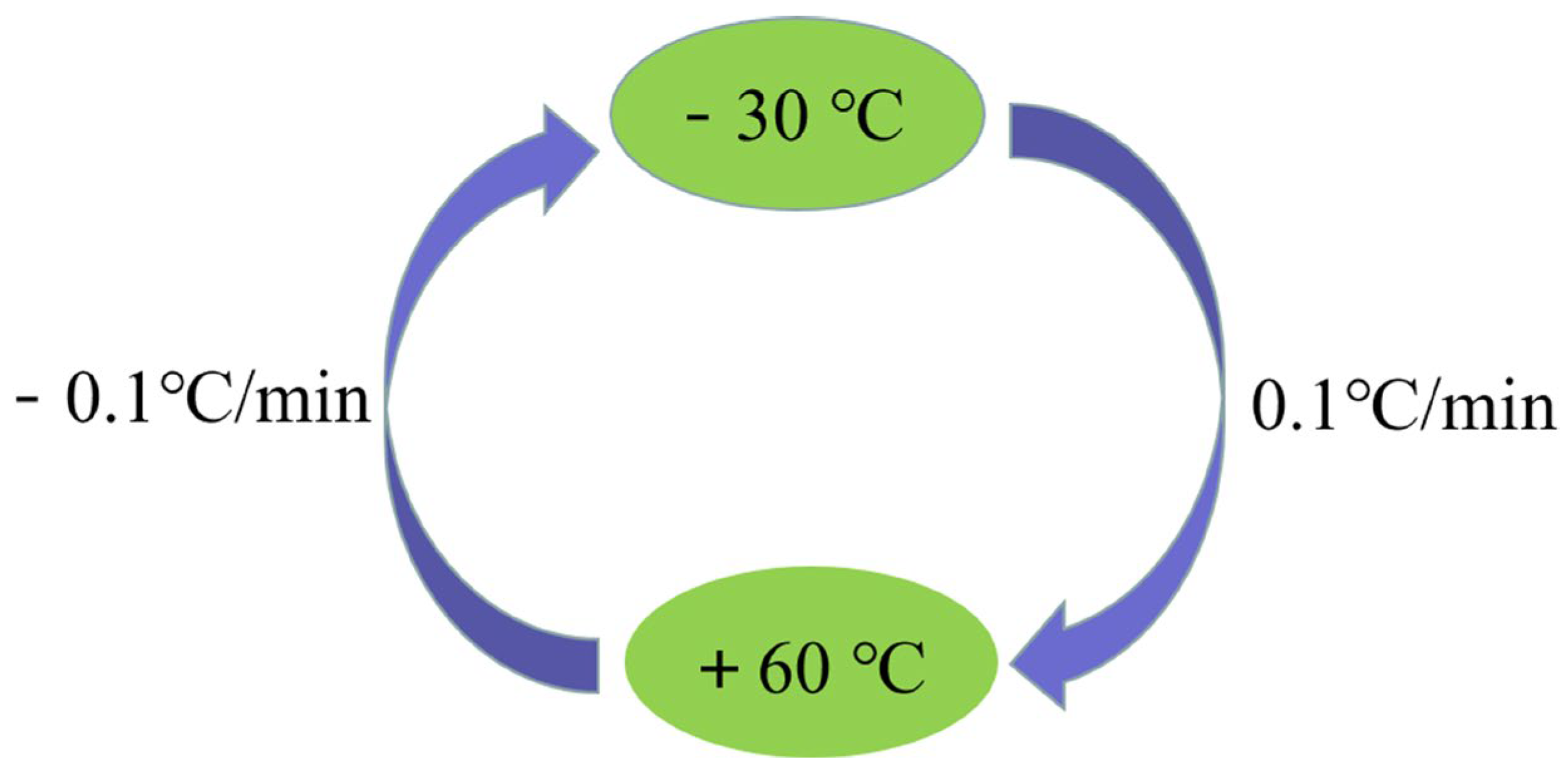
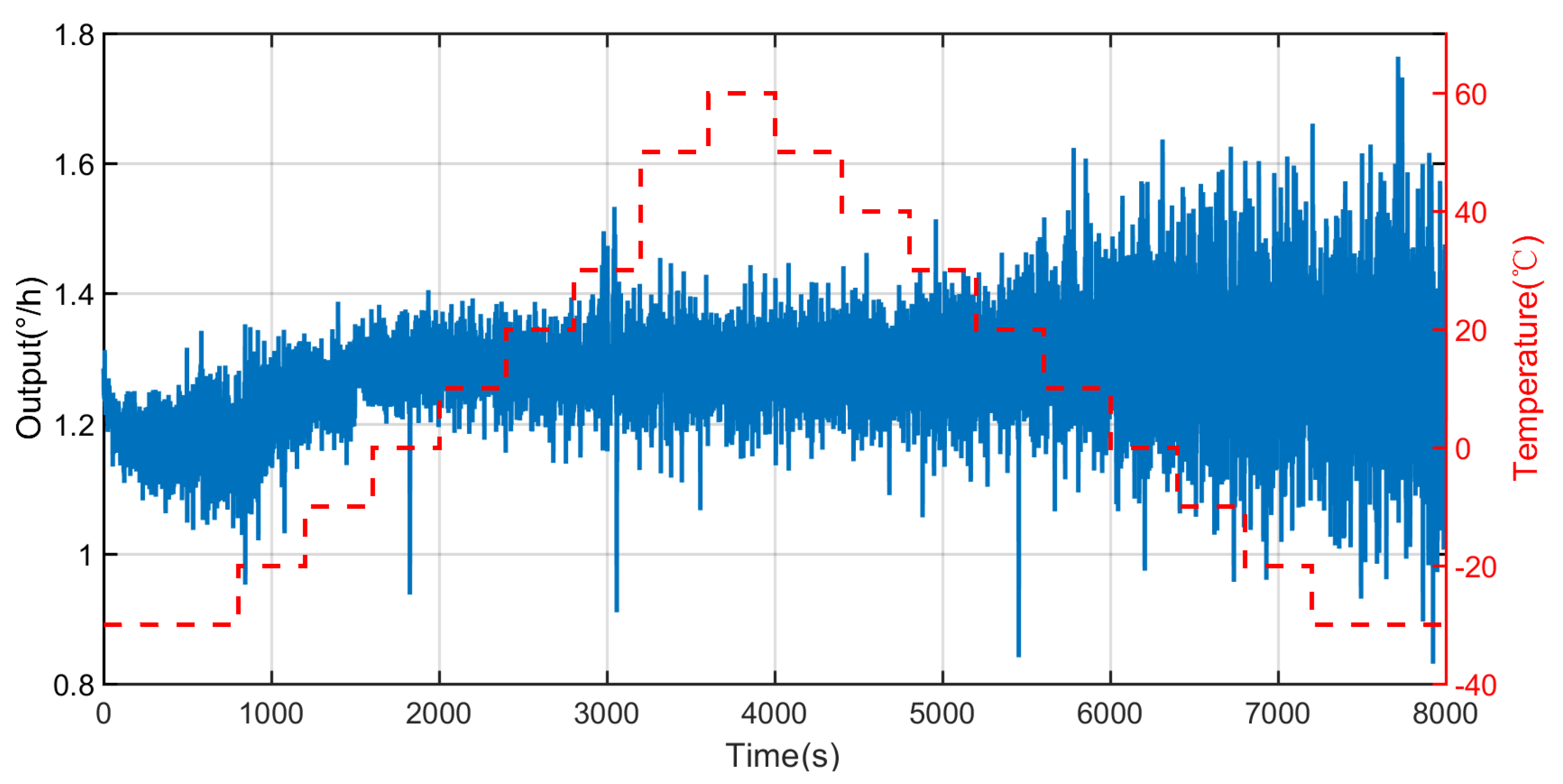

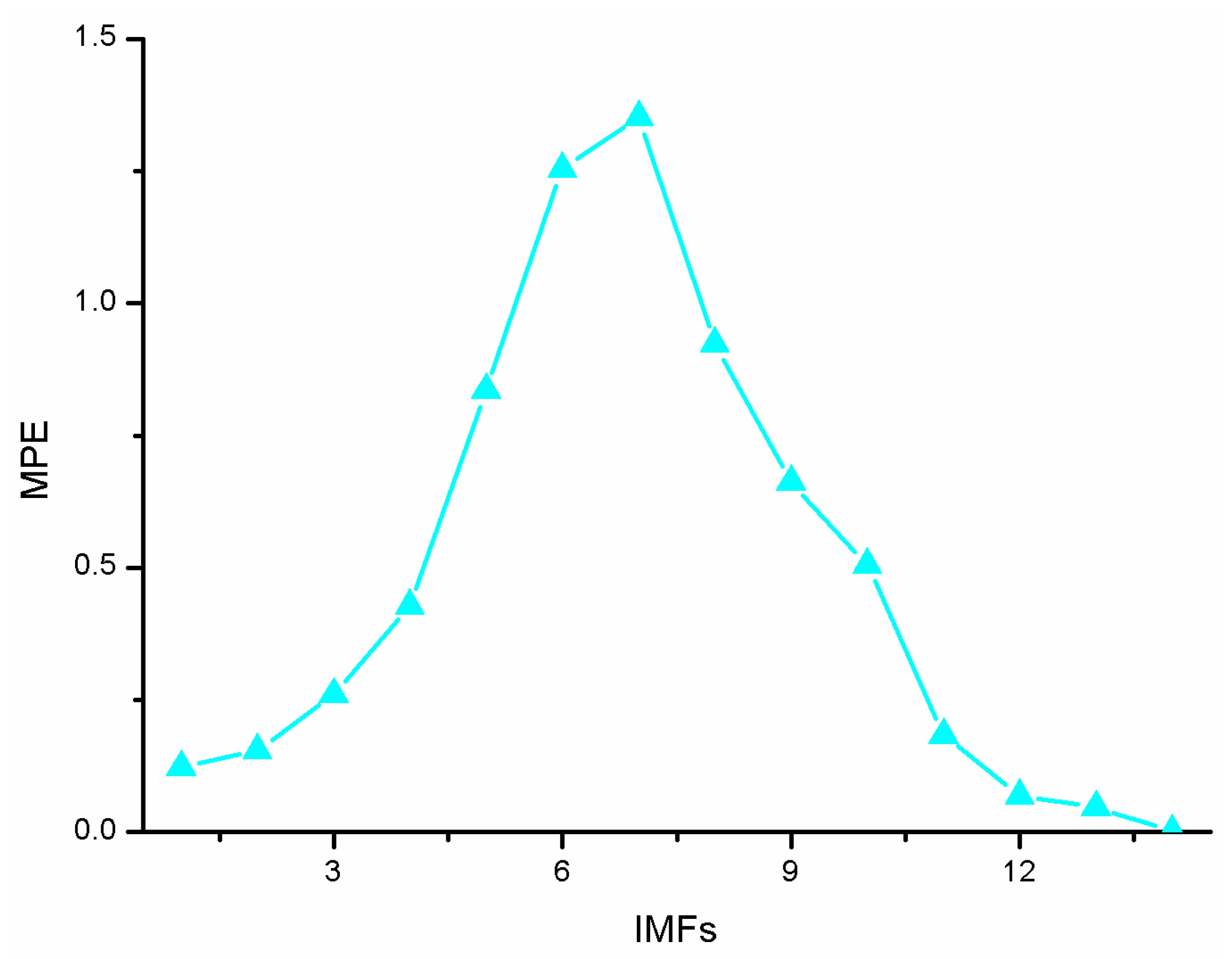


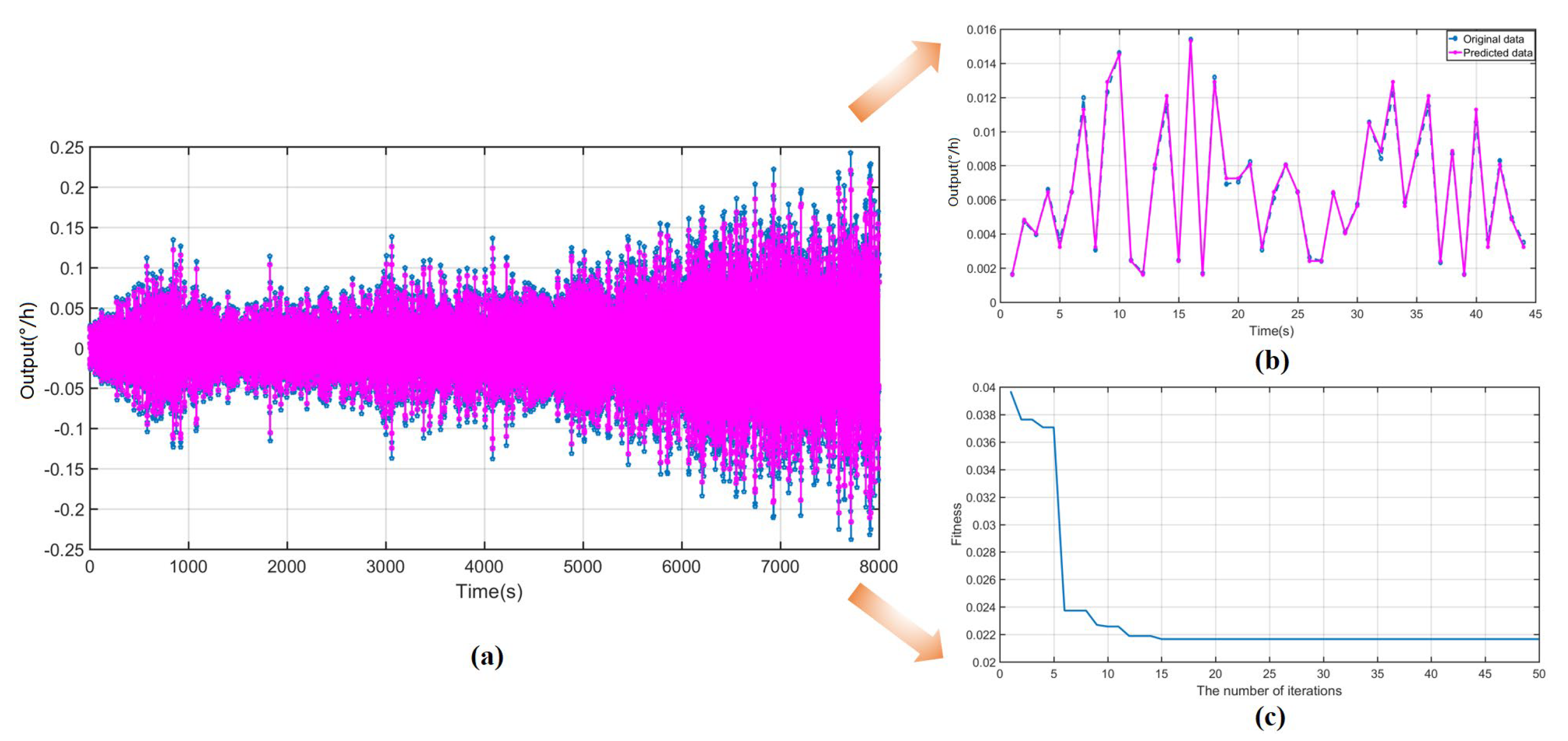

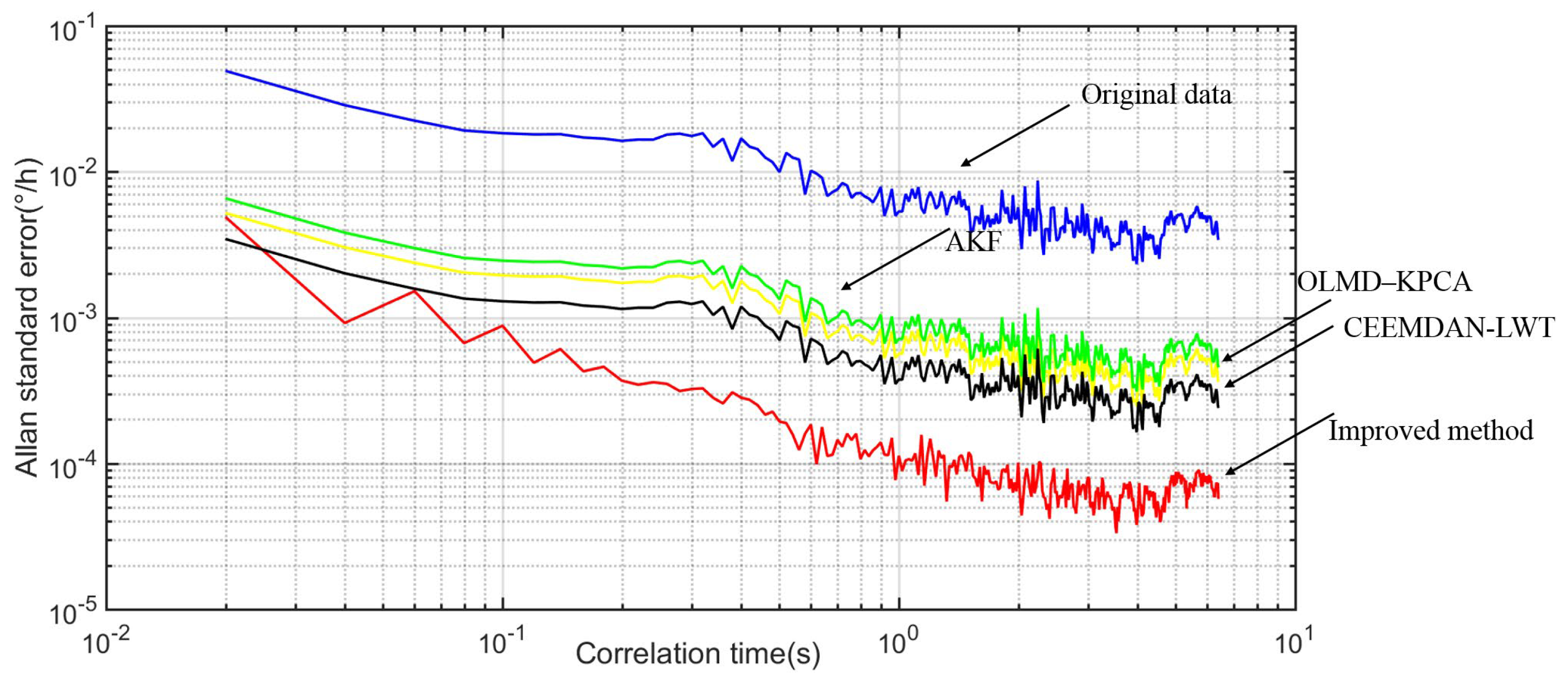
| Parameters | Value |
|---|---|
| Start Time (s) | <1 s |
| Size (mm) | |
| Weight (g) | <800 |
| Bandwidth (Hz) | >100 |
| Manufacturer | BEWIS SENSING |
| Sensitivity (°/h) | ≤0.0007 |
| Measuring range (°/s) | −500~+500 |
| Operation temperature (°C) | −40~+65 |
| Original Data | AKF [22] | OLMD–KPCA [19] | CEEMDAN-LWT [33] | Improved Method | |
|---|---|---|---|---|---|
| ) | 6.1269 × 10−4 | - | 1.4421 × 10−3 | 2.3125 × 10−4 | 1.0132 × 10−4 |
| ) | 1.5323 × 10−2 | 5.4223 × 10−4 | 2.1259 × 10−3 | 5.6311 × 10−4 | 1.1504 × 10−4 |
| ) | 7.8034 × 10−4 | 1.2657 × 10−4 | 4.268 × 10−5 | 1.2956 × 10−5 | 7.2110 × 10−6 |
| Time consumption (s) | - | 0.5321 | 1.9845 | 3.2767 | 3.6234 |
Disclaimer/Publisher’s Note: The statements, opinions and data contained in all publications are solely those of the individual author(s) and contributor(s) and not of MDPI and/or the editor(s). MDPI and/or the editor(s) disclaim responsibility for any injury to people or property resulting from any ideas, methods, instructions or products referred to in the content. |
© 2023 by the authors. Licensee MDPI, Basel, Switzerland. This article is an open access article distributed under the terms and conditions of the Creative Commons Attribution (CC BY) license (https://creativecommons.org/licenses/by/4.0/).
Share and Cite
Wang, X.; Cui, Y.; Cao, H. Temperature Drift Compensation of Fiber Optic Gyroscopes Based on an Improved Method. Micromachines 2023, 14, 1712. https://doi.org/10.3390/mi14091712
Wang X, Cui Y, Cao H. Temperature Drift Compensation of Fiber Optic Gyroscopes Based on an Improved Method. Micromachines. 2023; 14(9):1712. https://doi.org/10.3390/mi14091712
Chicago/Turabian StyleWang, Xinwang, Ying Cui, and Huiliang Cao. 2023. "Temperature Drift Compensation of Fiber Optic Gyroscopes Based on an Improved Method" Micromachines 14, no. 9: 1712. https://doi.org/10.3390/mi14091712





